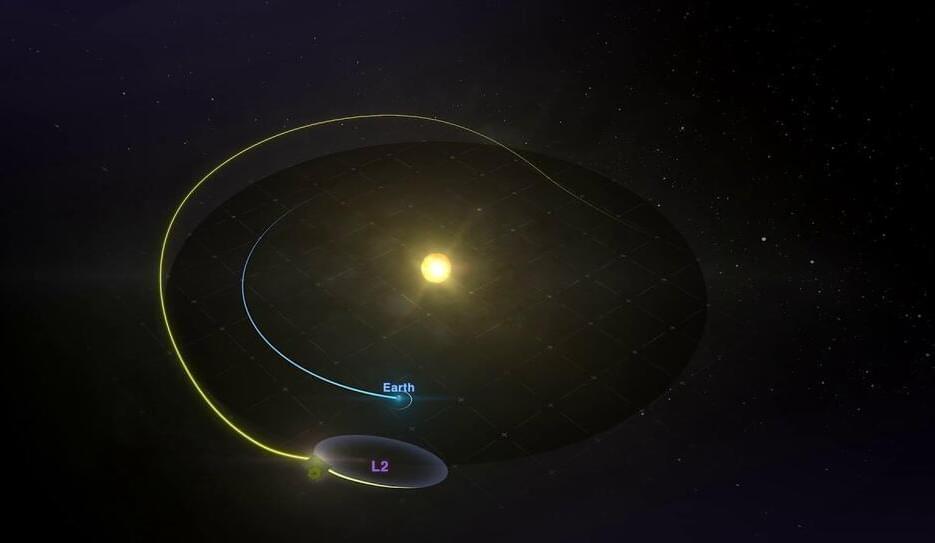Sep 9, 2021
Hybrid light —matter states formed in self-assembling cavities
Posted by Quinn Sena in category: futurism
A matter synthesizer could have self assembly.
A tuneable platform for studying polaritons.
A matter synthesizer could have self assembly.
A tuneable platform for studying polaritons.

EdgeQ is sampling what it calls a “base station on a chip” that handles high-PHY through baseband. CEO Vinay Ravuri explains its architecture in a video.
Wageningen is one of a clutch of research institutions globally that hold patents on CRISPR, a technique that enables precise changes to be made to genomes, at specific locations. Other institutions — including the Broad Institute in Cambridge, Massachusetts, and the University of California, Berkeley, which have some of the largest portfolios of patents on the subject — also provide CRISPR tools and some intellectual property (IP) for free for non-profit use. But universities could do better to facilitate access to CRISPR technologies for research.
Universities hold the majority of CRISPR patents. They are in a strong position to ensure that the technology is widely shared for education and research.
Probably funny, til it takes your job.
Artificial intelligence is getting better at penning code but still a long way from working alone.
The NFTs will be auctioned off to benefit St. Jude Children’s Research Hospital.
SpaceX’s Inspiration4 spaceflight will launch a Kings of Leon song and 50 other digital art NFTs to orbit next week.

The James Webb Space Telescope is scheduled for launch December 18. It will help scientists hunt for alien life on exoplanets and look to the beginning of time.
Circa 2000
A 1940 paper by Gamow and Mario Schoenberg was the first in a subject we now call particle astrophysics. The two authors presciently speculated that neutrinos could play a role in the cooling of massive collapsing stars. They named the neutrino reaction the Urca process, after a well known Rio de Janeiro casino. This name might seem a strange choice, but not to Gamow, a legendary prankster who once submitted a paper to Nature in which he suggested that the Coriolis force might account for his observation that cows chewed clockwise in the Northern Hemisphere and counterclockwise in the Southern Hemisphere.
In the 1940s Gamow began to attack, with his colleague Ralph Alpher, the problem of the origin of the chemical elements. Their first paper on the subject appeared in a 1948 issue of the Physical Review. At the last minute Gamow, liking the sound of ‘alpha, beta, gamma’, added his old friend Hans Bethe as middle author in absentia (Bethe went along with the joke, but the editors did not). Gamow and Alpher, with Robert Herman, then pursued the idea of an extremely hot neutron-dominated environment. They envisioned the neutrons decaying into protons, electrons and anti-neutrinos and, when the universe had cooled sufficiently, the neutrons and protons assembling heavier nuclei. They even estimated the photon background that would be necessary to account for nuclear abundances, suggesting a residual five-degree background radiation.
One of the U.S. Defense Department’s two prototype robot warships just fired its first missile.
The military on Friday hailed the test-launch of an SM-6 missile from the Unmanned Surface Vessel Ranger, sailing off the California coast, as “game-changing.”
It’s one thing for an unmanned vessel to launch a missile, however. It’s quite another for the same vessel autonomously to find and fix targets.
The objective of the Hebrew University of Jerusalem research is to create a deep-learning artificial infrastructure that will act like a human brain.
